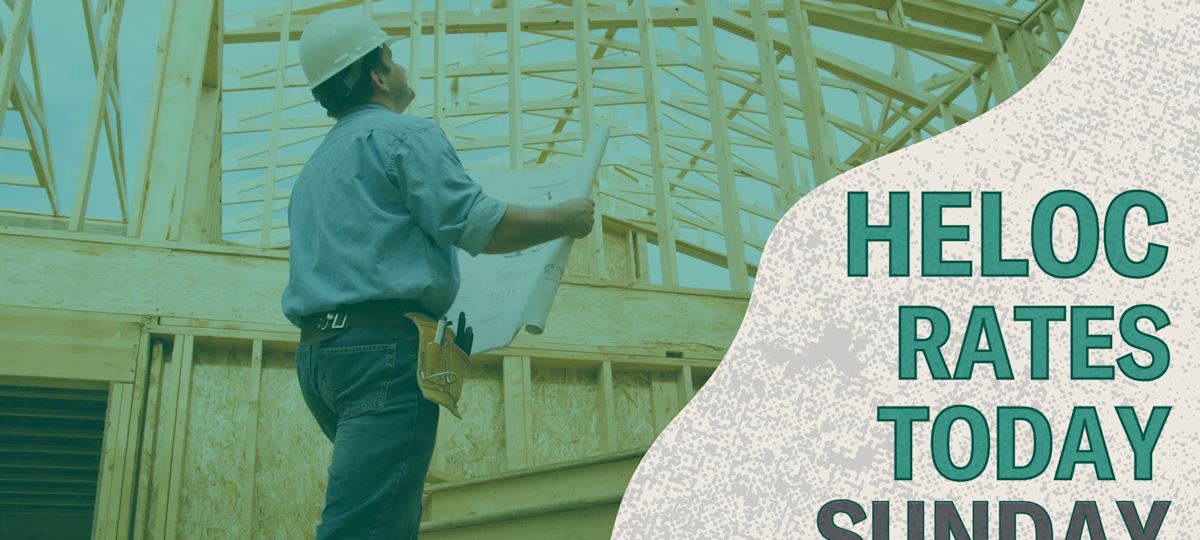Surging home equity supports demand
Homeowners collectively held more than $34 trillion in equity at the end of 2024, the third-highest level on record, according to data from the Federal Reserve. With 30-year fixed mortgage rates persisting above 6%, many owners prefer not to sell or refinance and risk losing the 3%–5% rates obtained earlier in the decade. A HELOC allows them to preserve that low first-lien rate while accessing funds for renovations, education costs or other expenses.
How lenders set HELOC rates
Unlike primary mortgages, HELOCs are second-lien products priced as an index plus a margin. The most common benchmark is the prime rate, currently 7.50%. A margin of 1 percentage point would place the borrower’s rate at 8.50%. Margins vary widely because lenders evaluate credit score, outstanding debt, loan-to-value ratio and requested line size when assigning pricing.
Rate dispersion is significant: published offers span roughly 7% to 18%. Introductory periods add another variable, and borrowers should verify the fully indexed rate that applies once the promotional window closes.
Key factors to compare
Pricing is only one element of a HELOC. Consumers should also review upfront fees, mandatory minimum draws, repayment terms and whether a fixed-rate conversion option is available. For example, drawing the full $50,000 on a $400,000 home at an initial variable rate of 8.75% would create an estimated monthly payment of about $395 during the repayment period. A typical product offers a 10-year draw followed by a 20-year repayment schedule, effectively creating a 30-year obligation if the balance is not repaid sooner.
Because lenders have flexibility in pricing second mortgages, comparison shopping remains the most effective way to secure favorable terms. Borrowers with high credit scores and low existing debt generally receive the strongest offers and may also qualify for reduced or waived fees.
Borrow responsibly
Financial advisers note that a HELOC works best when used for projects that add long-term value—such as essential repairs or energy-efficient upgrades—and when the balance is repaid quickly. Using the line for discretionary purchases can extend costly interest payments over decades if not managed carefully.
See our latest Finance News Update, visit our Finance News Update section.
Finance News Update
Image credit: original source



